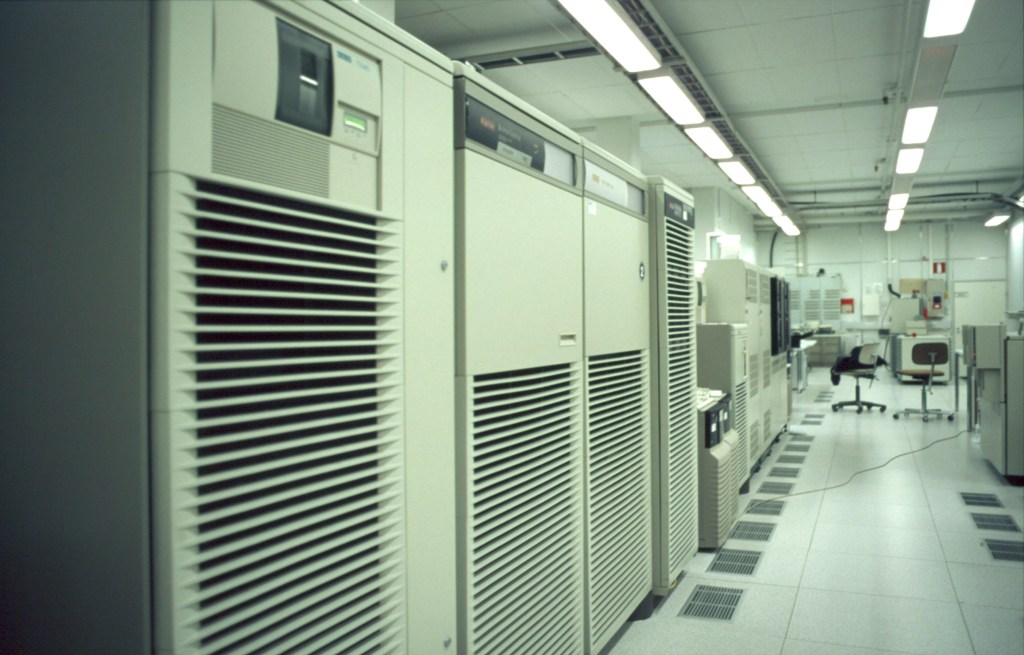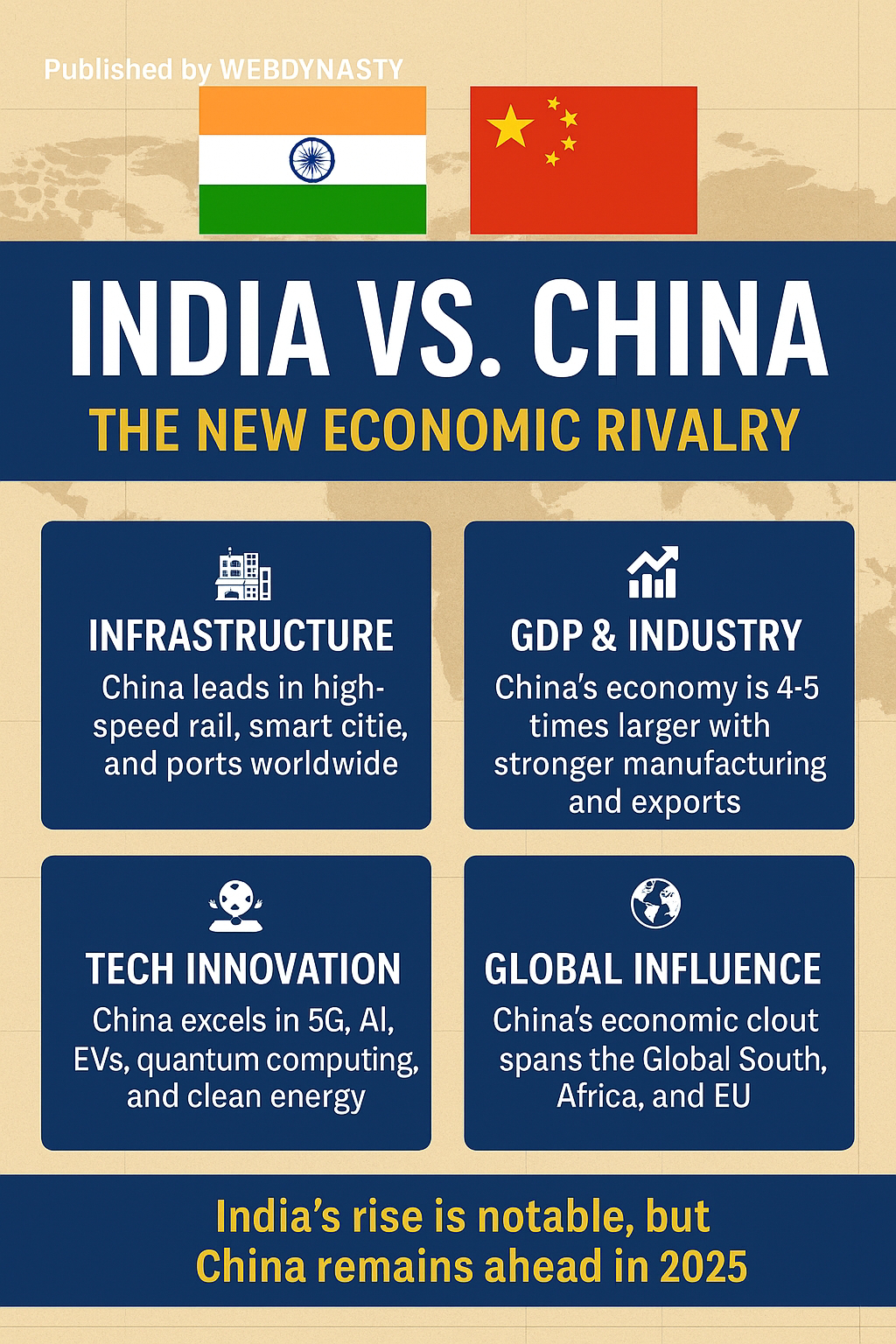Google Cloud acquires mainframe migration service Cornerstone

Image Credits: MyLoupe/Universal Images Group via Getty Images / Getty Images
Google today announced that it has acquired Cornerstone, a Dutch company that specializes in helping enterprises migrate their legacy workloads from mainframes to public clouds. Cornerstone, which provides very hands-on migration assistance, will form the basis of Google Cloud’s mainframe-to-GCP solutions.
This move is very much in line with Google Cloud’s overall enterprise strategy, which focuses on helping existing enterprises move their legacy workloads into the cloud (and start new projects as cloud-native solutions from the get-go).
“This is one more example of how Google Cloud is helping enterprise customers modernize their infrastructure and applications as they transition to the cloud,” said John Jester, VP of Customer Experience at Google Cloud. “We’ve been making great strides to better serve enterprise customers, including introducing Premium Support, better aligning our Customer Success organization, simplifying our commercial contracting process to make it easier to do business with Google Cloud, and expanding our partner relationships.”
A lot of businesses still rely on their mainframes to power mission-critical workloads. Moving them to the cloud is often a very complex undertaking, which is where Cornerstone and similar vendors come in. It doesn’t help that a lot of these mainframe applications were written in Cobol, PL/1 or assembly. Cornerstone’s technology can automatically break down these processes into cloud-native services that are then managed within a containerized environment. It can also migrate databases as needed.
It’s worth noting that Google Cloud also recently introduced support for IBM Power Systems in its cloud. This, too, was a move to help enterprises move their legacy systems into the cloud. With Cornerstone, Google Cloud adds yet another layer on top of this by providing even more hands-on migration assistance for users who want to slowly modernize their overall stack without having to re-architect all of their legacy applications.
Source : TechCrunch



Comments
Post a Comment